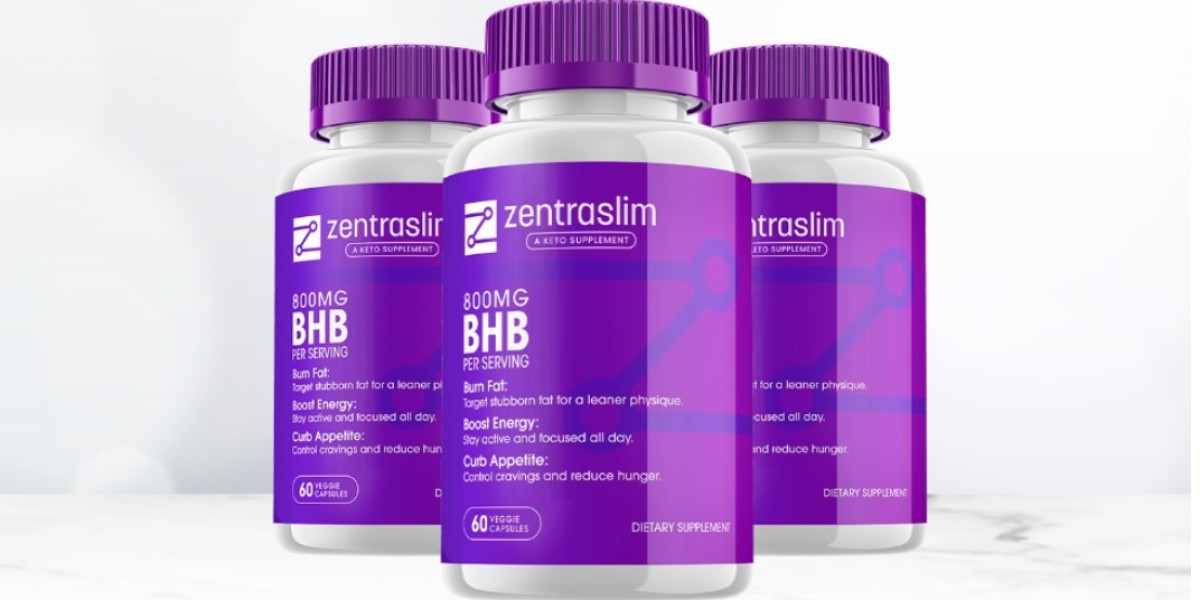The India tinplate market is witnessing strong growth, propelled by rising demand for sustainable and food-grade packaging solutions. With expanding use across both industrial and consumer goods segments, tinplate has become an essential material in the country’s evolving packaging landscape.
Get your sample here:
https://www.datamintelligence.com/download-sample/india-tinplate-market
Market Drivers
1. Surging Food Processing and Canned Goods Industry
With India's food processing sector growing steadily, tinplate demand is climbing due to its suitability for packaging edible items such as canned fruits, vegetables, baby food, and beverages. The material's airtight sealing capabilities support longer shelf life—an essential requirement for both rural distribution and exports.
2. Eco-Friendly and Recyclable Packaging Push
Tinplate is 100% recyclable without degradation in quality, aligning perfectly with India’s push toward a circular economy and sustainable consumption. Large FMCG and food companies are replacing plastic with metal cans, using tinplate for improved consumer appeal and compliance with environmental regulations.
3. Government Protectionism and BIS Standards
India’s imposition of Bureau of Indian Standards (BIS) regulations and anti-dumping duties on low-grade tinplate imports from countries like China and Korea has given a significant edge to local manufacturers. The government’s “Make in India” initiative further encourages indigenous production.
4. Industrial Growth and Chemical Packaging Needs
Tinplate’s demand in paints, varnishes, oils, and battery casings is growing, supported by increasing construction and automobile production. Tinplate’s chemical resistance and stackability make it ideal for handling and transportation.
5. Consumer Goods and Decorative Packaging
The rising premiumization of gift boxes, cosmetic containers, and promotional cans is adding a new dimension to tinplate usage, where printability and aesthetics are critical.
Tinplate Segment Insights
Electrolytic Tinplate (ETP) leads the market due to:
- High purity tin coating
- Better corrosion resistance
- Adaptability for high-speed packaging lines
Printed and Lacquered Tinplate is gaining popularity in:
- Ready-to-eat food and beverage packaging
- Paint cans and aerosol sprays
- Luxury and decorative goods
Regional & Global Market Influences
United States Trends
- Steel price volatility due to scrap shortages and energy costs in the U.S. impacts global tinplate pricing.
- Can manufacturers are expanding their tinplate procurement globally to mitigate risks and reduce dependence on domestic mills.
Japan Trends
- Japan’s tinplate technology, especially in anti-corrosion treatments and ultra-thin coatings, is influencing Indian upgrades in manufacturing standards.
- Japan’s focus on zero-defect packaging in the food and electronics sectors is pushing India to adopt higher quality benchmarks and invest in process automation.
Competitive Landscape in India
Key players in the Indian tinplate market include:
- The Tinplate Company of India Ltd (TCIL) – A Tata Steel subsidiary and the market leader, recently expanded its capacity and digitalized production.
- JSW Steel – Making strategic investments in coated steel and exploring tinplate as a value-added product.
- Ruchi Strips and Jindal (JSP) – Focused on localized supply of printed and lacquered tinplate for mid-size businesses.
Importers from South Korea and Japan, like Nippon Steel & JFE, continue to serve niche high-quality segments but face increased competition from upgraded Indian mills.
Regulatory and Trade Environment
- The Indian government has implemented BIS certification norms for tinplate imports, raising quality compliance and indirectly boosting domestic production.
- Recent anti-dumping duties on imported tin mill products from countries like China aim to protect local industry from price suppression.
- Customs duty revisions are expected under the 2025–2026 trade policy, potentially making indigenous tinplate more cost-effective.
Growth Opportunities
- Edible Oil and Dairy Packaging – Increased urban consumption and branding needs.
- Exports of Ready-to-Eat Foods – Tinplate helps meet shelf-life and safety standards required in GCC, Africa, and Southeast Asia.
- Rural Market Penetration – Demand for durable packaging in low-infrastructure regions.
- Private Label and SMEs – Local food processors and cosmetic brands are turning to tinplate for premium, sustainable packaging.
Industry Trends
- Digital Printability on Tinplate – Customized promotional cans are trending, especially in food gifts and festivals.
- Smart Packaging – QR codes and NFC-enabled cans are being piloted for traceability in exports.
- Automation in Can Manufacturing – India’s packaging lines are increasingly using AI-driven quality inspection tools.
- Tinplate Recycling Programs – Industry associations are launching programs to collect and recycle used tinplate cans.
Buy the full report here:
https://www.datamintelligence.com/buy-now-page?report=india-tinplate-market
Conclusion
India's tinplate market is moving into a phase of modernization, sustainability, and domestic value addition. With growing demand in food, FMCG, chemical, and industrial segments, supported by favorable policy and technology transfer from countries like Japan and the U.S., the sector offers promising returns for manufacturers and investors alike.
As domestic capacity rises and environmental regulations tighten, tinplate will remain central to India’s packaging transformation—combining durability, safety, and eco-friendliness in a world that increasingly demands all three.








